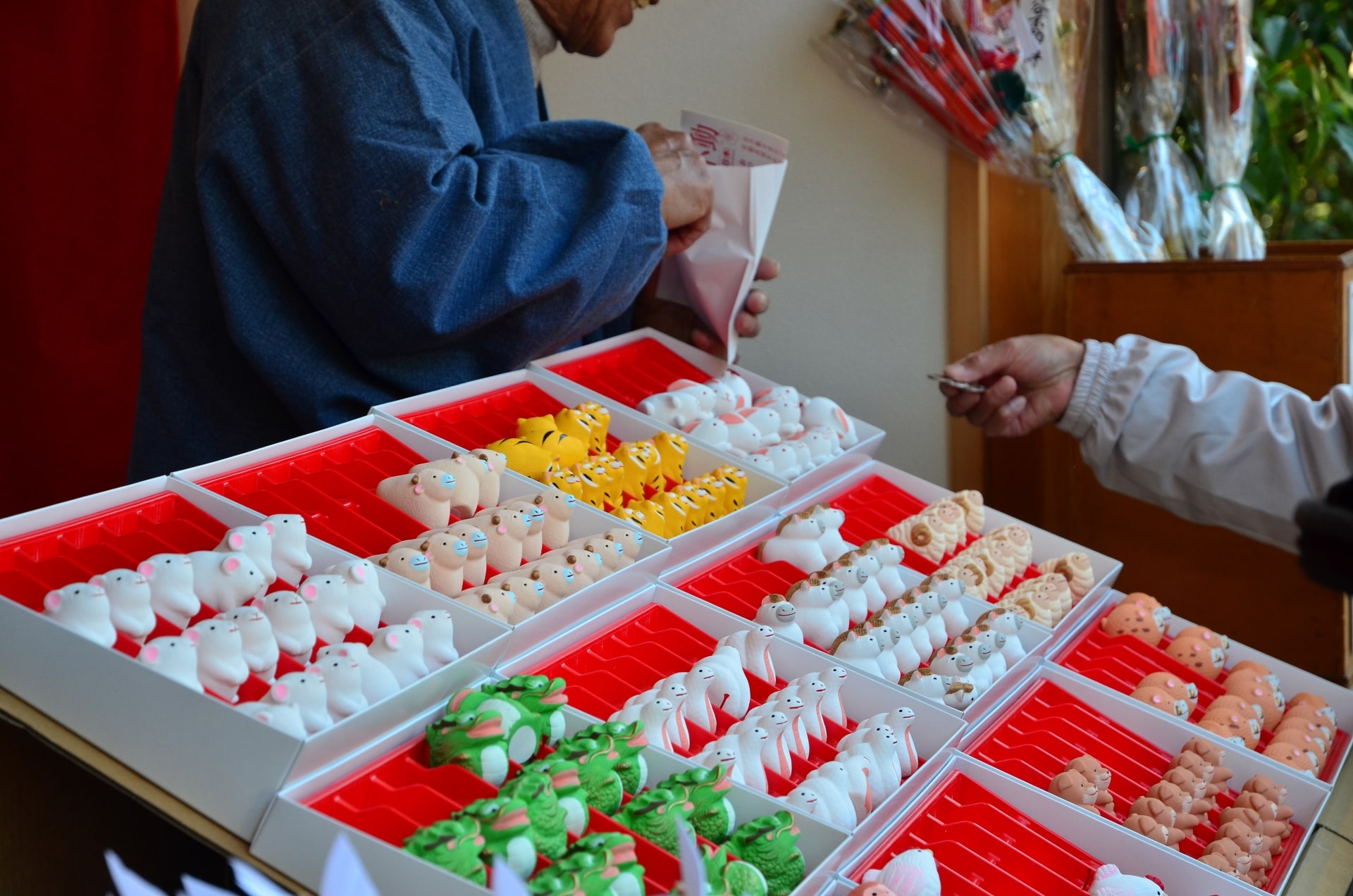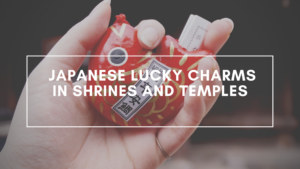Junishi: 12 Signs of the Japanese Zodiac
Let’s put another spin on your zodiac compatibility charts
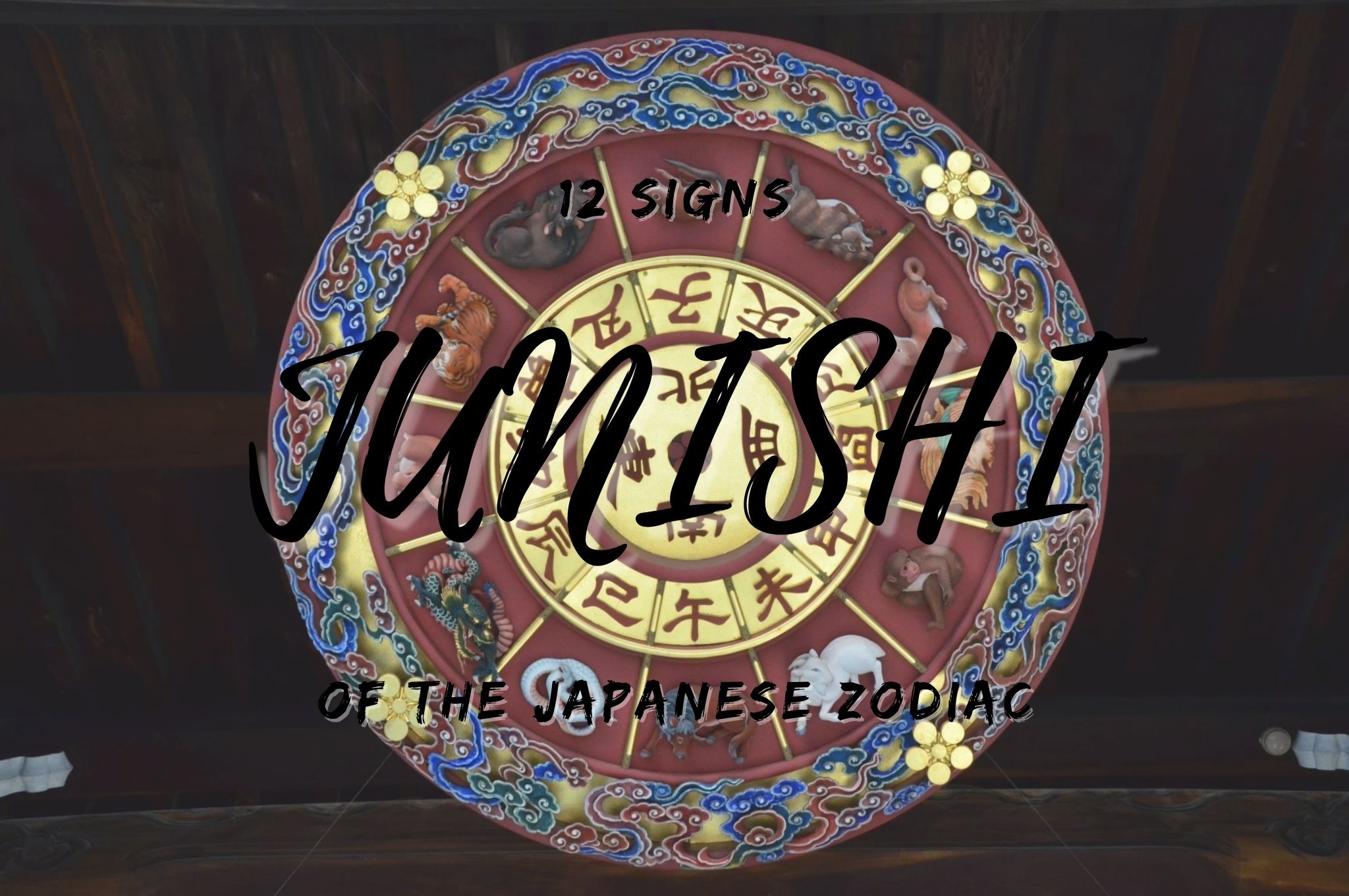
Did you know that Japan has a zodiac system in a sort of similar way to the one used in the West? But instead of 12 signs defined by constellations in the firmament, this one has 12 animals based on Chinese astrology and determined by the birth year, rather than the birth day. Under this system, each animal is associated with a year, and it’s called Junishi (十二支) literally “twelve branches”.
And in the same way as the horoscope, each animal has certain traits that are supposedly inherited by the people who are born in their corresponding year. It’s a fun way to learn about Japanese culture and maybe even discover something new about yourself. Now imagine all the fun personality variations that can be achieved when combining both!
So if by any chance you have noticed a surge in rabbit illustrations since the beginning of this year, bingo! 2023 is the year of the rabbit! In addition to personality traits, animal years are believed to have some effects on the events of the said year itself.
Historical Background of Junishi
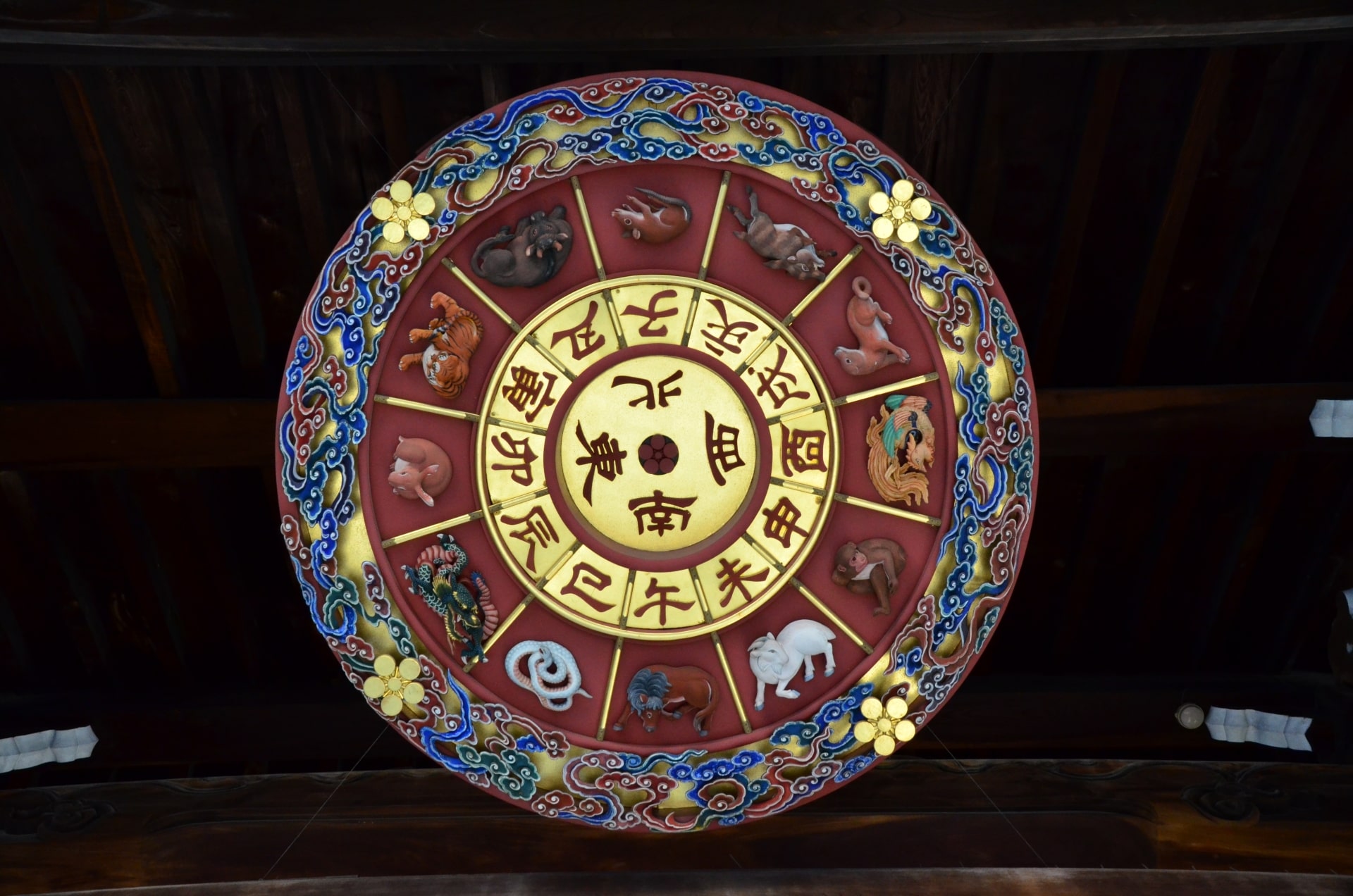
Earliest depictions of the 12 animals of the zodiac have been identified in Chinese tombs as early as around 500 BC and its complexity kept on developing over the centuries. In Japan, the lunar calendar remained the standard until 1872, when the Gregorian calendar was adopted amidst modernization efforts.
The 12 Signs of the Japanese Zodiac
There’s a funny myth going around about how the 12 animals of the zodiac came to be: Once upon a time, near the end of the year, God made an announcement, promising reign over one year for the first 12 animals that came to him on New Year’s Day, prompting a race among all the animals.
The cautious ox departed the earliest but turns out the clever rat was riding it secretly. So it jumped in front of the ox when it arrived, thus earning first place. Furthermore, the rat had also tricked the cat into believing the race would take place on the 2nd day of the year, causing the cat to lose entirely and stay out of the zodiac. Sorry cat lovers!
So here’s a small overview of the 12 animal winners. Note that zodiac sign kanji may not coincide with current usage for some animals:
1. Rat (子年, nezumi)

Rat years: 2020, 2008, 1996, 1984, 1972, 1960, 1948, 1936, 1924, 1912.
2. Ox (丑年, ushi)
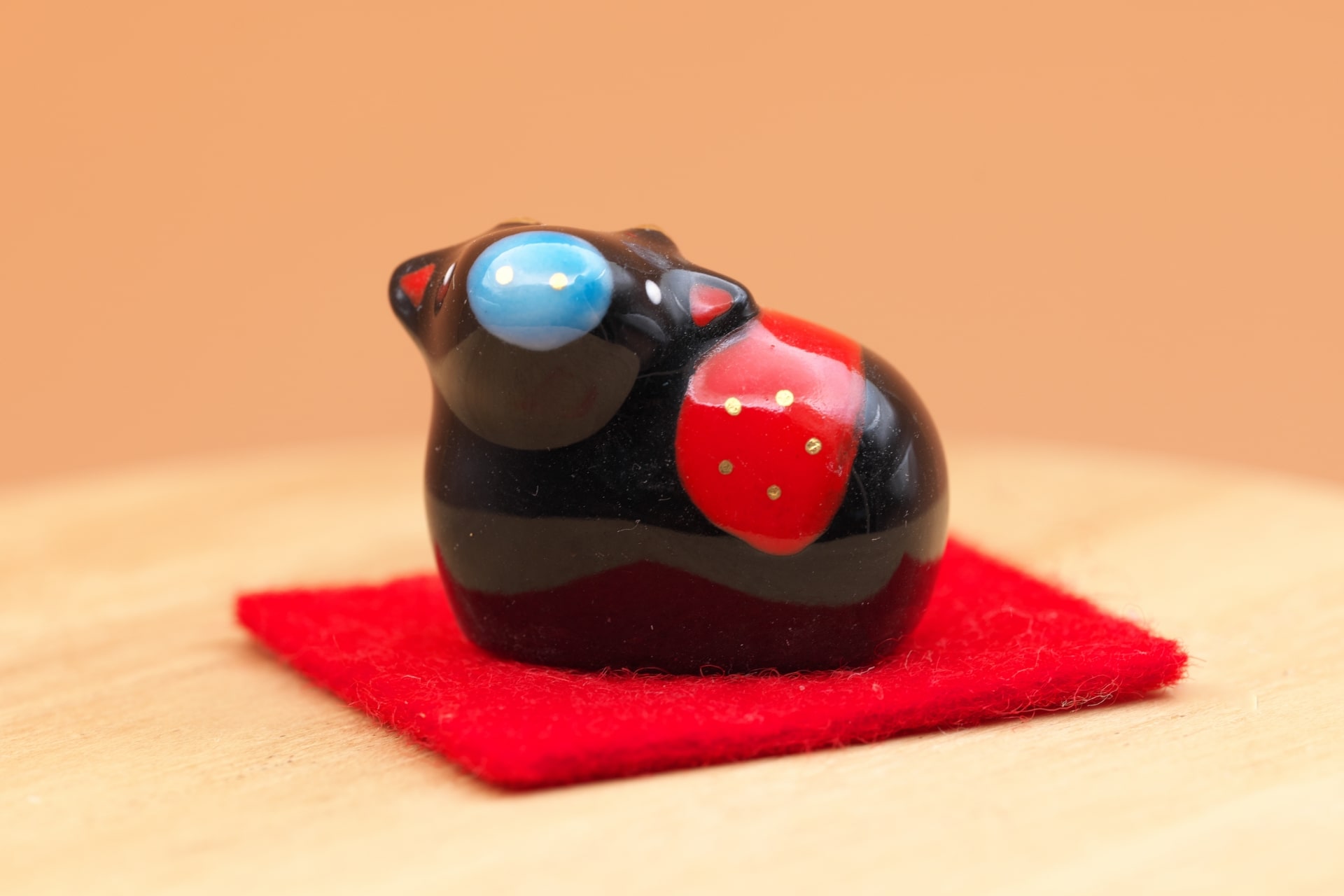
Ox years: 2021, 2009, 1997, 1985, 1973, 1961, 1949, 1937, 1925.
3. Tiger (寅年, tora)
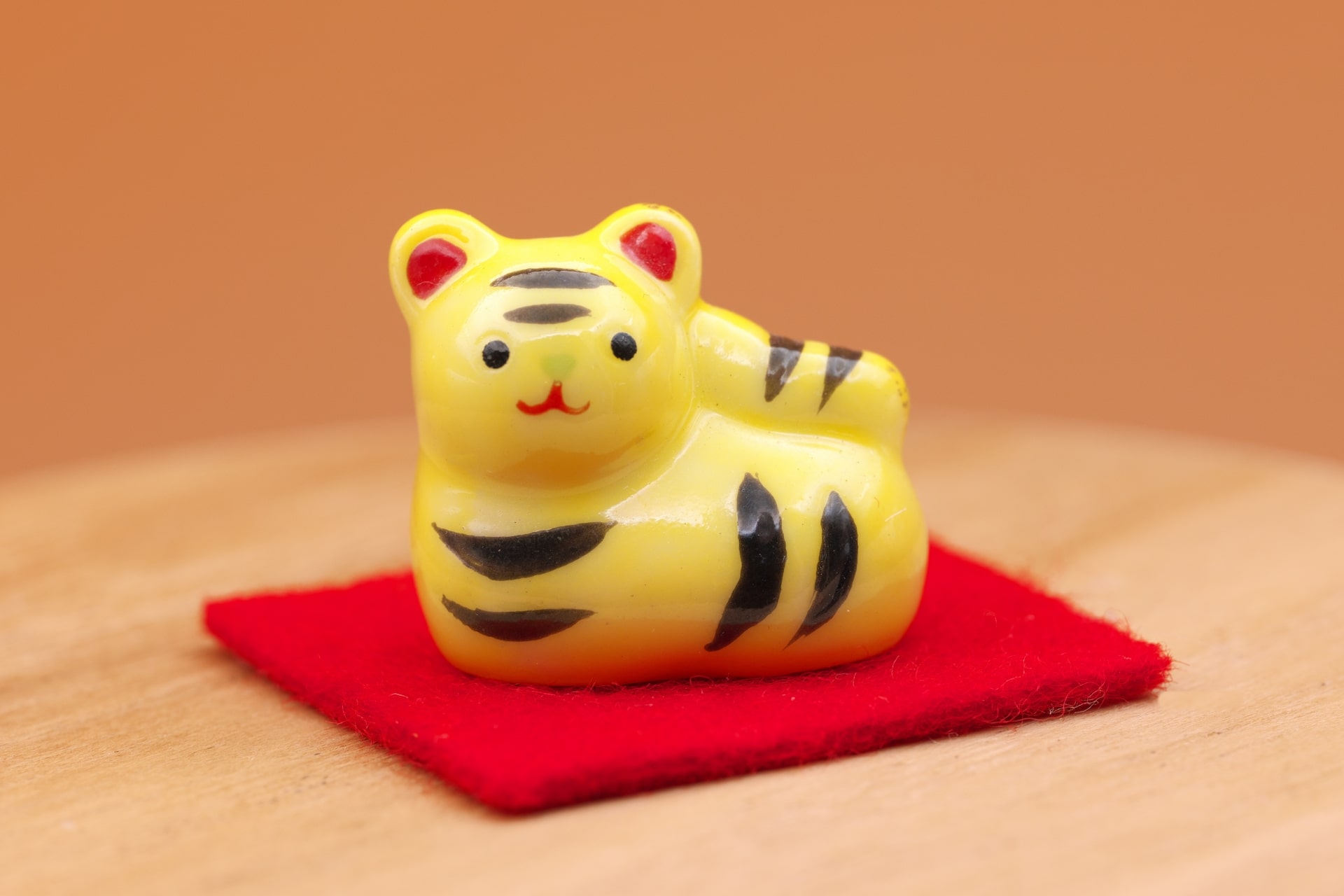
Tiger years: 2022, 2010, 1998, 1986, 1974, 1962, 1950, 1938, 1926.
4. Rabbit (卯年, usagi)
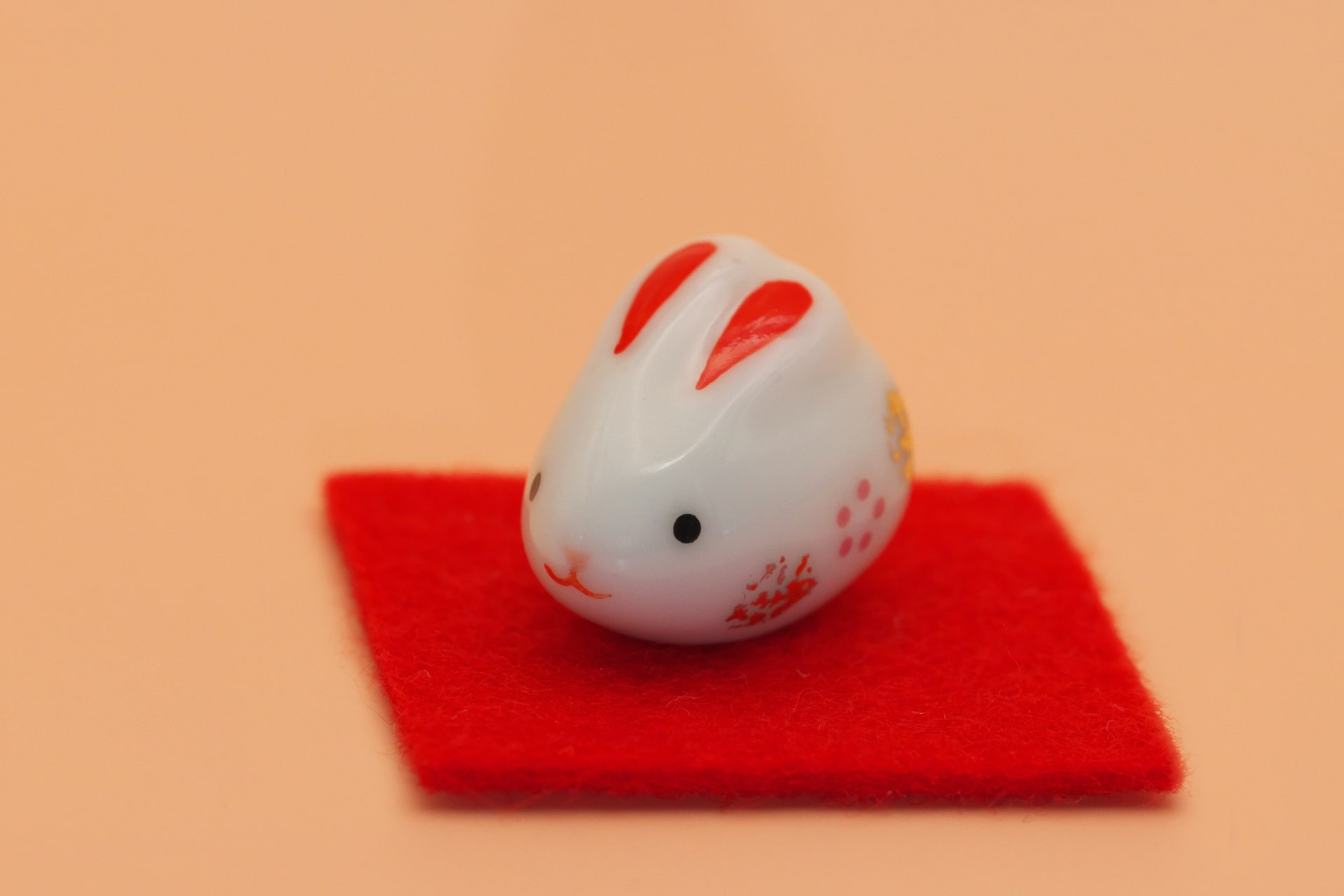
Rabbit years: 2023, 2011, 1999, 1987, 1975, 1963, 1951, 1939, 1927.
5. Dragon (辰年, tatsu)
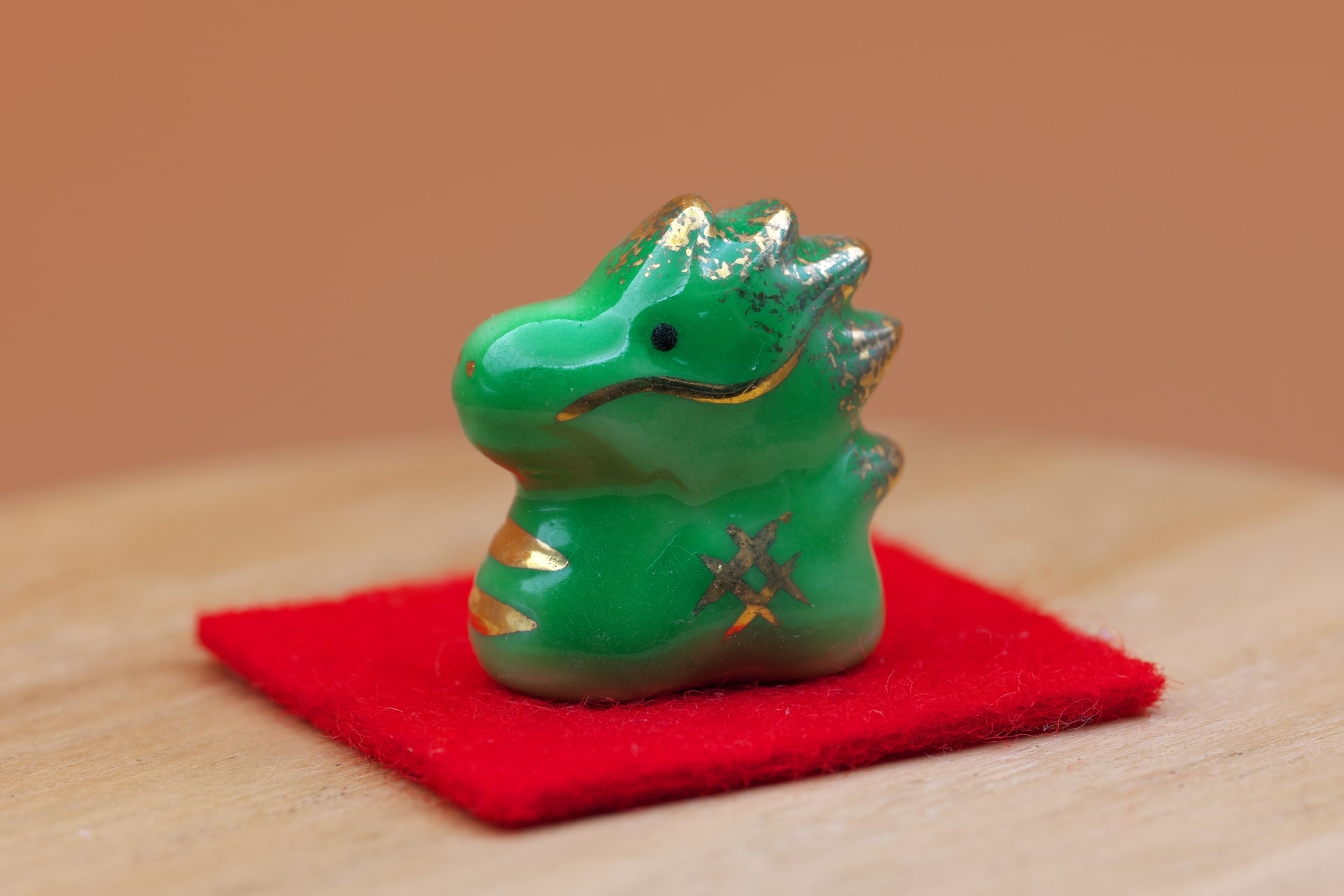
Dragon years: 2012, 2000, 1988, 1976, 1964, 1952, 1940, 1928.
6. Snake (巳年, hebi)
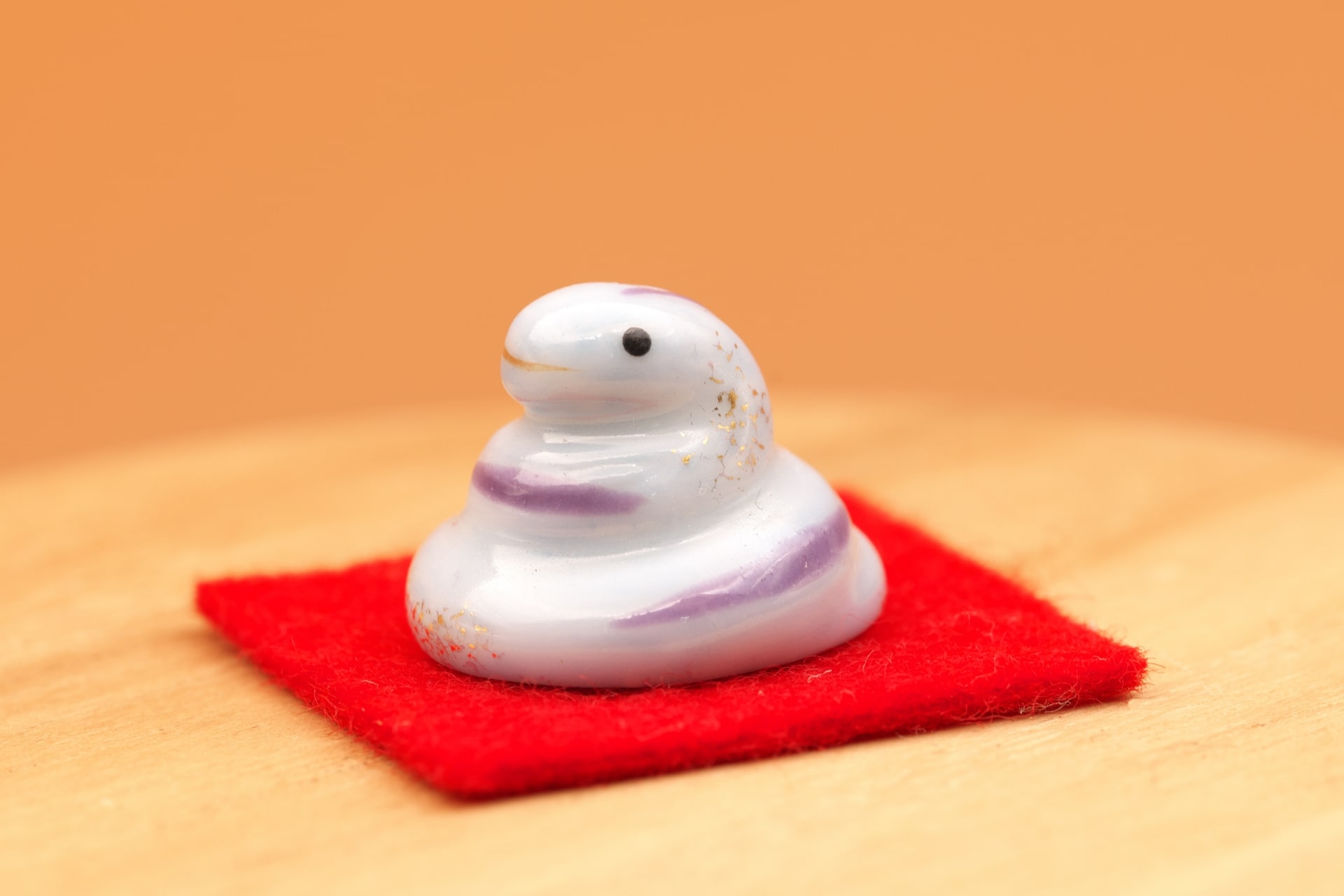
Snake years: 2013, 2001, 1989, 1977, 1965, 1953, 1941, 1929.
7. Horse (午年, uma)
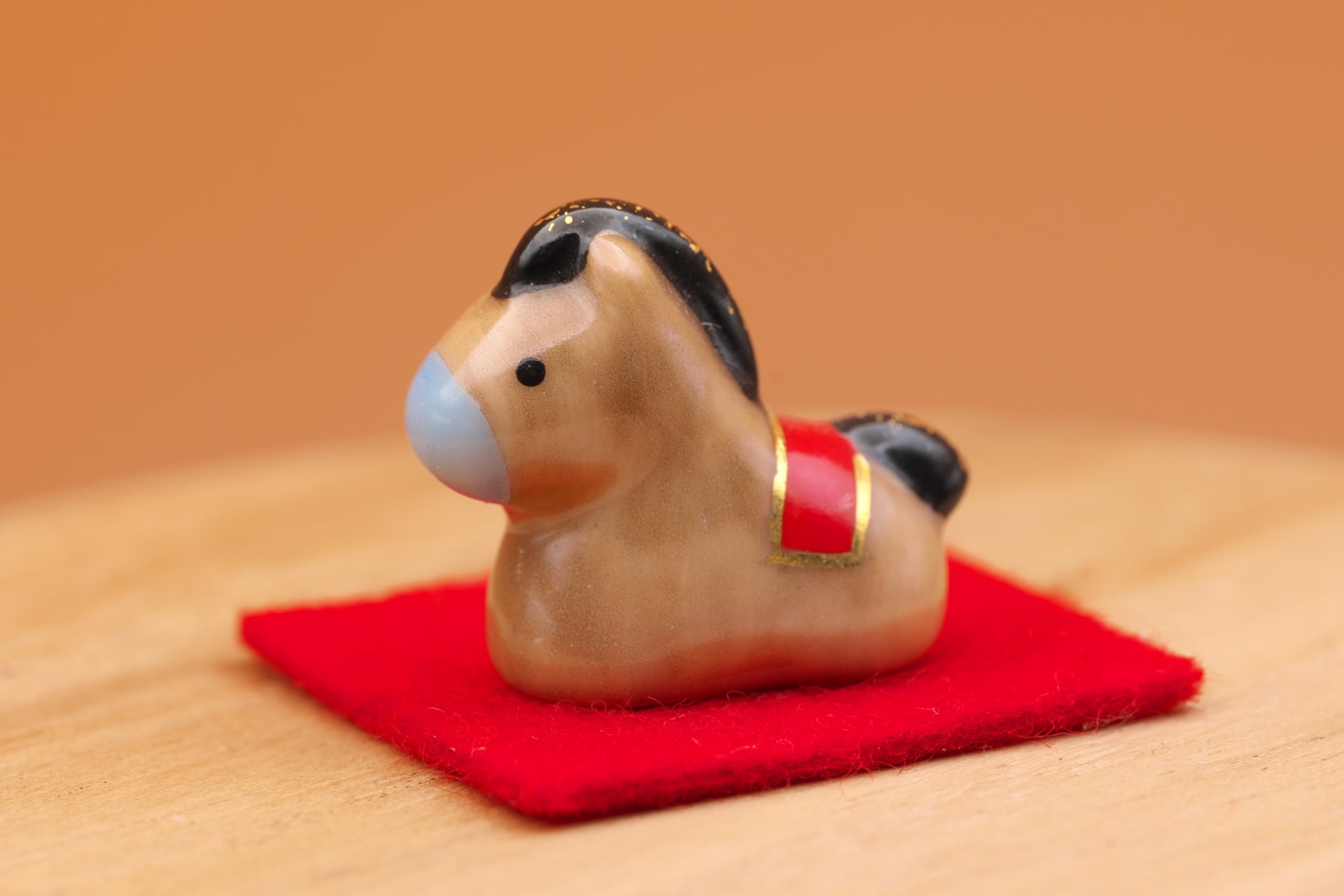
Horse years: 2014, 2002, 1990, 1978, 1966, 1954, 1942, 1930.
8. Sheep (未年, hitsuji)
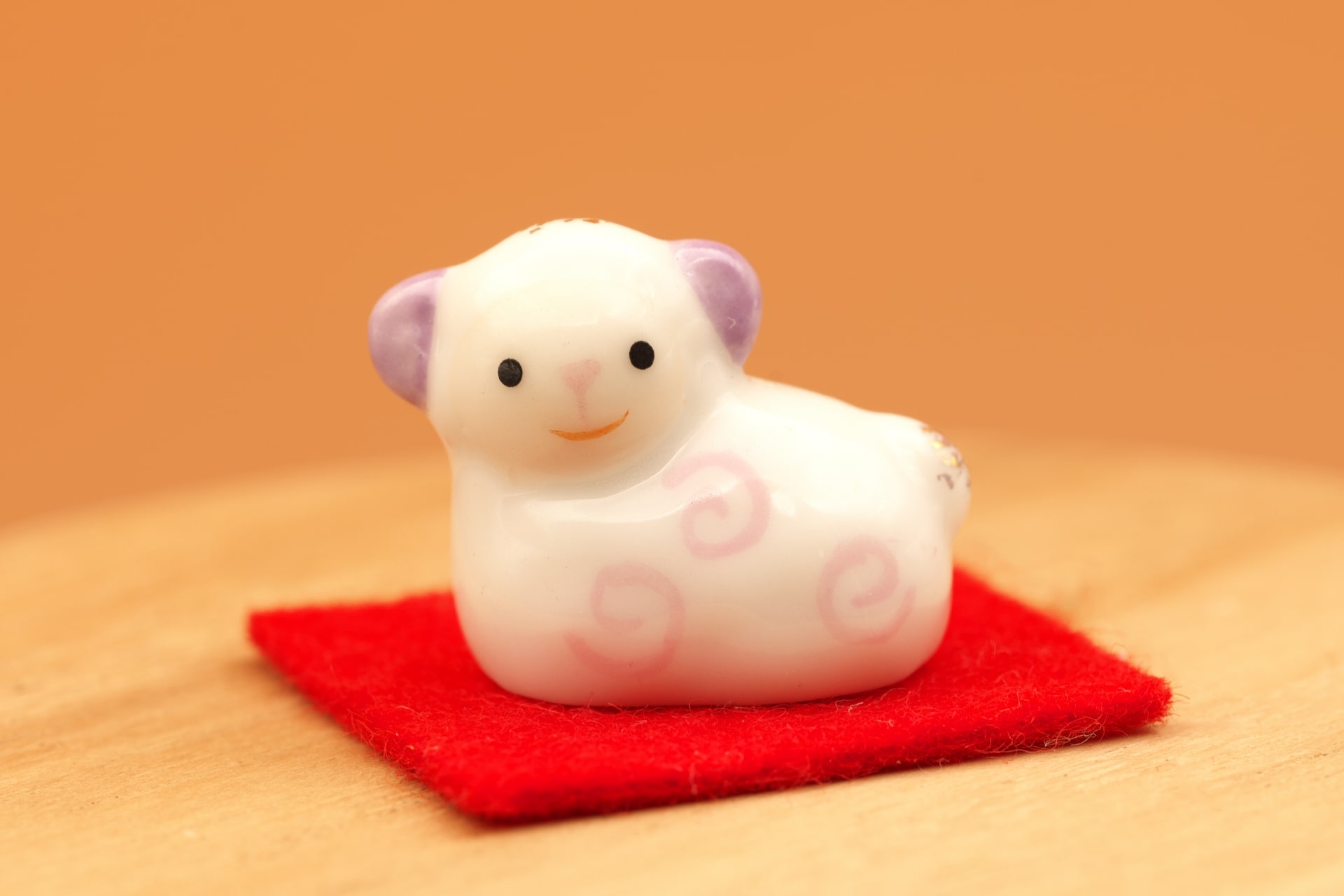
Sheep years: 2015, 2003, 1991, 1979, 1967, 1955, 1943, 1931.
9. Monkey (申年, saru)
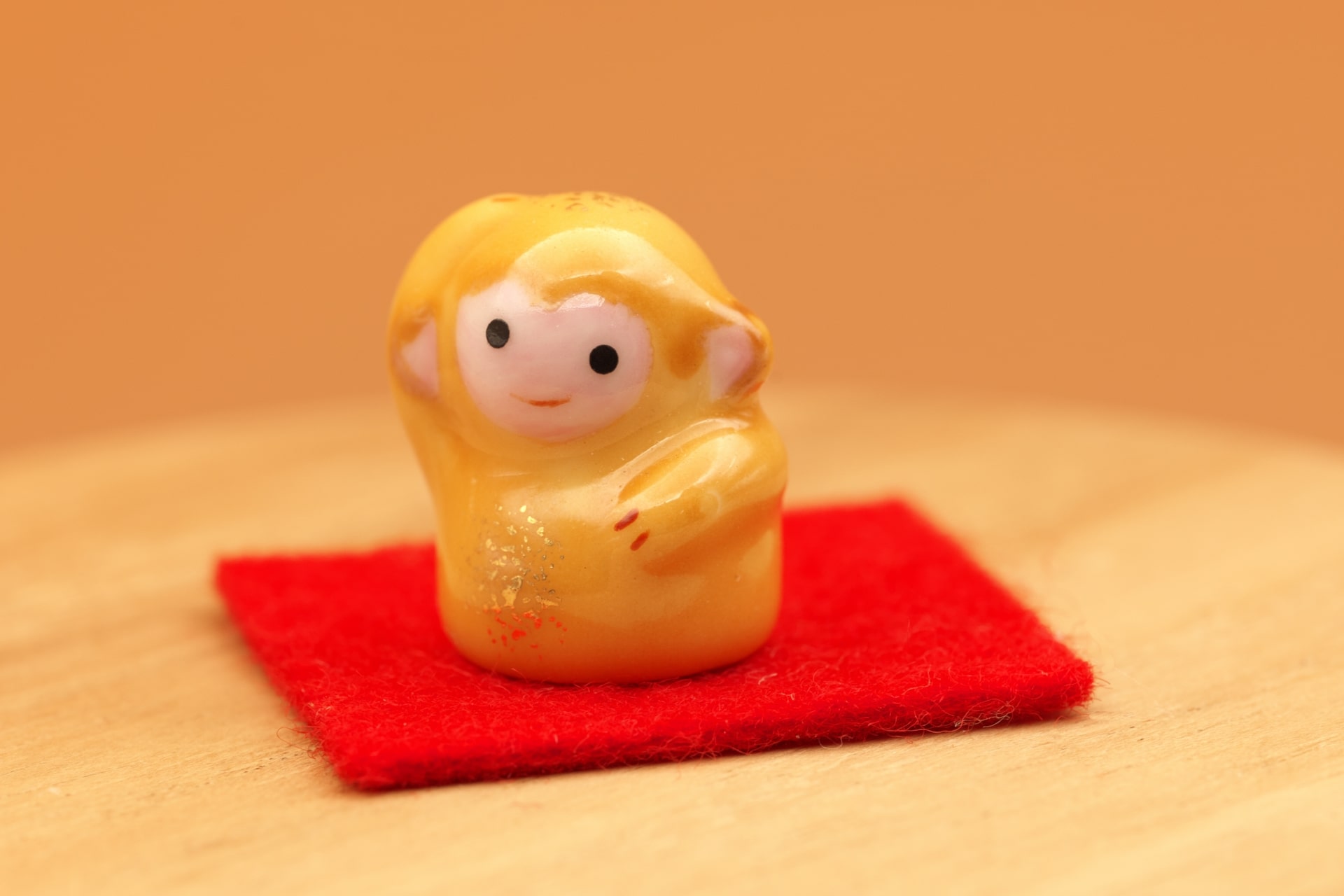
Monkey years: 2016, 2004, 1992, 1980, 1968, 1956, 1944, 1932, 1920.
10. Rooster (酉年, tori)

Rooster years: 2017, 2005, 1981, 1969, 1957, 1945, 1933, 1921.
11. Dog (戌年, inu)
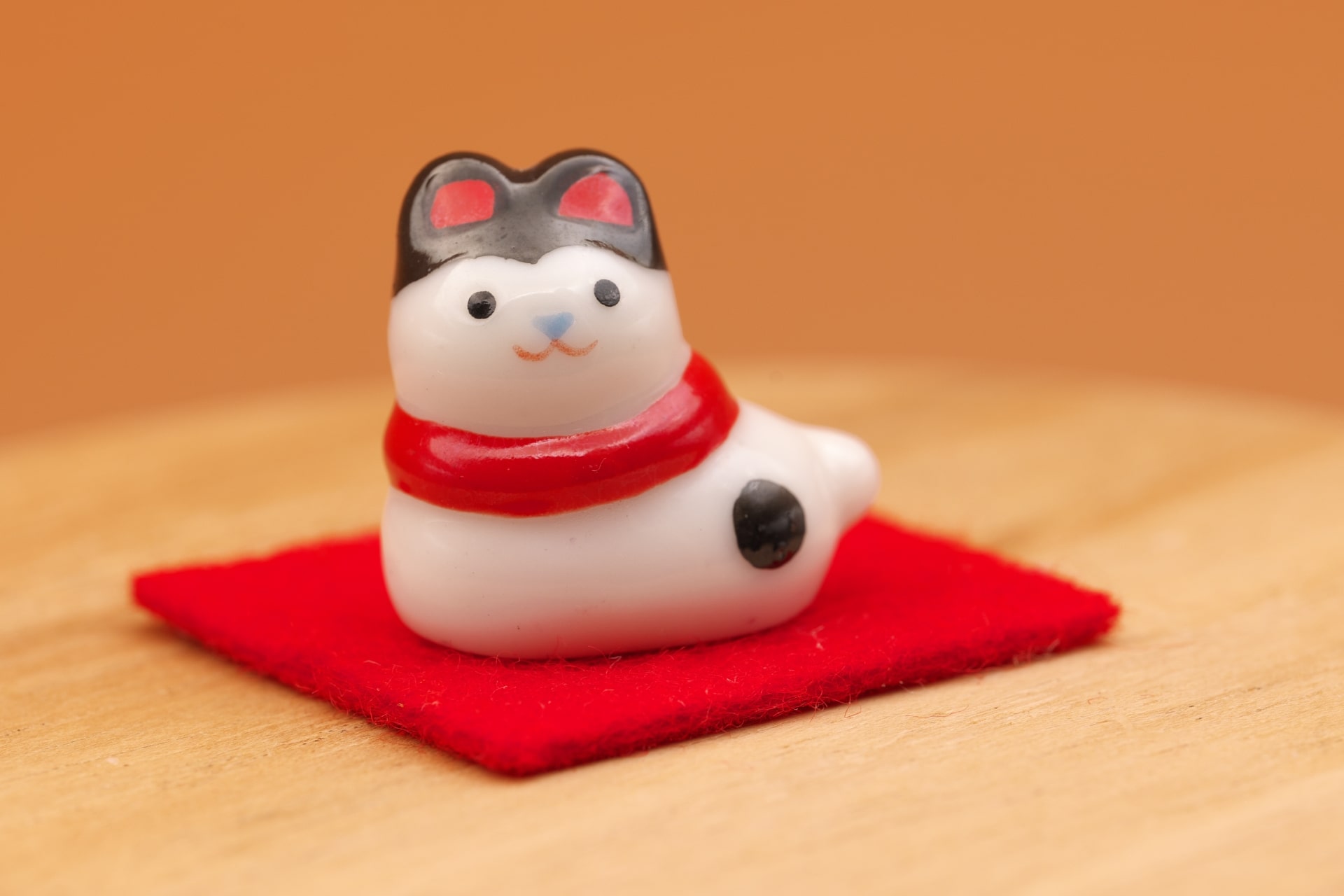
Dog years: 2018, 2006, 1982, 1970, 1958, 1946, 1934, 1922.
12. Boar (亥年, inoshishi)

Boar years: 2019, 2007, 1983, 1971, 1959, 1947, 1935, 1923.
Japanese Zodiac in Social Customs
Despite Junishi losing its old function for time and direction, it still holds a prominent space in some social customs. Most obviously on New Year greeting cards, generally adorned with illustrations of the year’s corresponding animal. In a similar way, all year long all sorts of lucky charms and omikuji (strips of paper with fortune predictions that can be obtained in all temples and shrines) with zodiac animal themes can be found.
Additionally, when a year comes that matches one’s birth animal, many expect the such year to be somewhat special. So if you happened to be born in a rabbit year, make sure to make the most of it during 2023!
▽Subscribe to our free newsletter!▽
Which animal are you? Do you feel identified with any of these traits? To learn more about Japanese culture, check out the following articles!
▽ Related Articles ▽
▼ Editor’s Picks ▼
Written by
Photographer, journalist, and avid urban cyclist, making sense of Japan since 2017. I was born in Caracas and lived for 14 years in Barcelona before moving to Tokyo. Currently working towards my goal of visiting every prefecture in Japan, I hope to share with readers the everlasting joy of discovery and the neverending urge to keep exploring.





